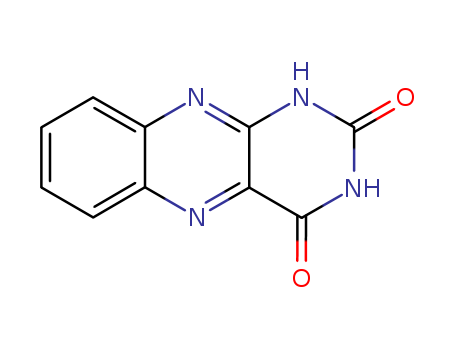10.1080/00397919608003827
The research explores a novel synthetic method for producing N-alkyl o-phenylenediamines through a one-pot phase transfer alkylation and hydrolysis process. The study aims to develop a simple and efficient route for synthesizing these compounds, which are important intermediates in the preparation of isoalloxazines (flavins) and have potential applications in various chemical and pharmaceutical fields. The key chemicals used in this research include o-nitrotrifluoroacetanilides as the starting materials, dimethylsulfate, benzyl bromide, and 1-bromopropane as electrophiles, and tetrabutylammonium chloride or benzyltriethylammonium chloride as phase transfer catalysts. The process involves a one-pot reaction where the o-nitrotrifluoroacetanilides undergo alkylation followed by hydrolysis under phase transfer conditions, yielding N-alkyl o-nitroanilines in good to excellent yields. The study concludes that this method is superior to previous methods involving o-nitroacetanilides due to the increased reactivity and ease of preparation of the trifluoroacetanilides. The findings suggest that this one-pot synthesis provides a convenient and operationally simple approach for the preparation of N-alkyl o-phenylenediamines, which can be further reduced to the desired products.





